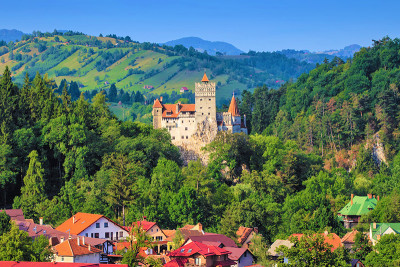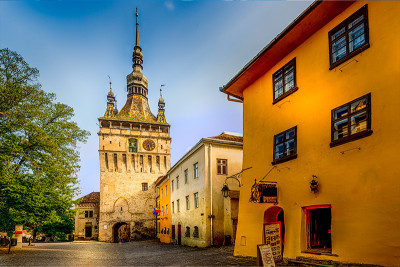The amazing number of churches in Bucovina, Romania, with their astonishing frescoes has been preserved since the medieval times. Due to their peerless and artistic value, they were included in the UNESCO World Cultural Heritage List in 1993. Indeed, there is no other place on earth where you can find such a surprising number of churches with a high quality of exterior frescoes.
In most cases, the churches were founded as graveyards for noble families. Although following the canonical iconographic program, each painter interpreted the scenes in slightly different ways.
Using colors like the famous Voronet blue, red of Humor or green of Arbore, different painters (most of them unknown) have described the biblical stories of the earth and heaven, scenes from the lives of the Holy Virgin Mary and Jesus Christ, stories about the man’s beginnings and life after death.
At the beginning, the scenes were painted on the inside walls, then extended to the outside walls. The purpose of these wide scenes was both religious and didactic: to promote Orthodoxy and to educate ordinary people.
While the origin of some shades used in the paintings has not been unravelled yet, it is remarkable that the colour harmony that enliven the walls of the monasteries blends perfectly with the surrounding rural landscapes. Churches become one with nature and surroundings.
The Voronet Monastery (1488)
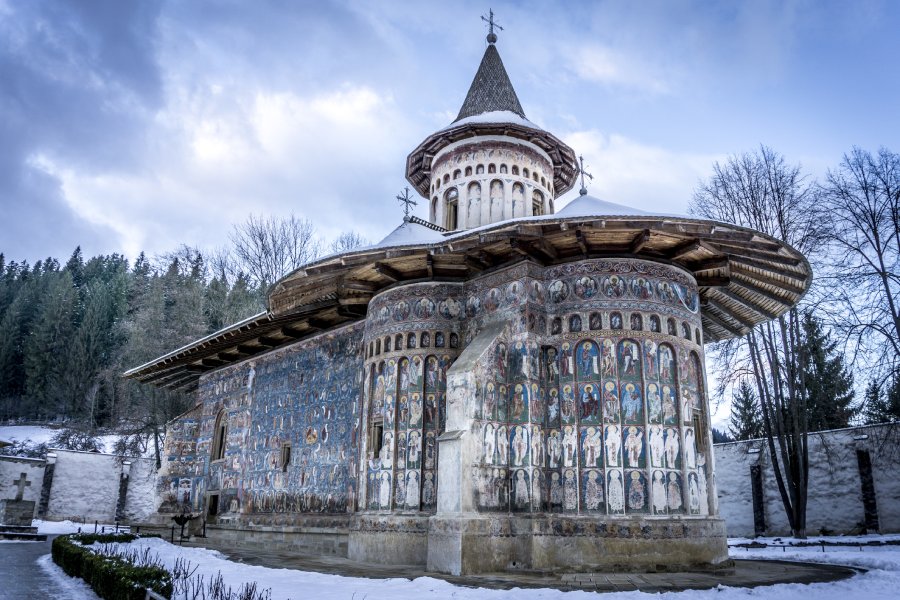
It is dedicated to the Saint George and is the foundation of Stephen the Great. Also known as the “Sistine Chapel of the East,” Voronet is the most famous monastery in Romania and its unique blue has become a national brand. Voronet is often compared to one of Michelangelo’s masterpiece, the “Sistine Chapel” painted in the Apostolic Palace, the official residence of the Pope, in Vatican City, Rome (built between 1472 and 1488). Voronet was built in 1488 at the request of Stephen the Great and the construction was finished in only three months and three weeks, a record time even by today’s standards.
How to get to Voronet
The monastery is located 4 kilometres away from Gura Humorului in Suceava County.
Sucevita – “Resurrection Of Jesus” Church (1583)
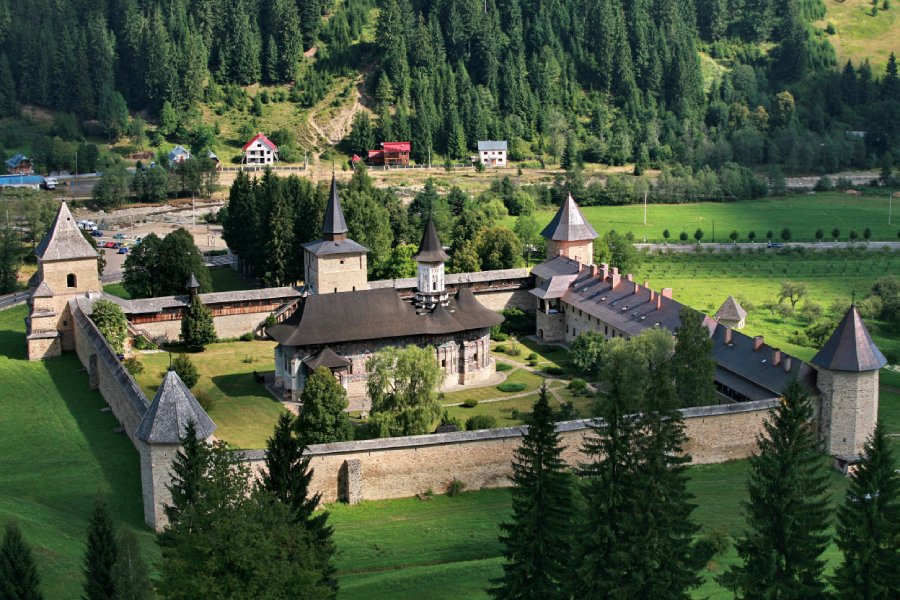
Sucevita Monastery was built at the end of 16th century by Gheorghe Movila, bishop of Rădăuţi, the future metropolitan of Moldavia.
The place of worship was first attested in August 1583 (in the reign of Petru Şchiopul). Twelve years later, in 1595, Ieremia Movila surrounds the construction by high, wide walls and also defensive towers were added, which gave Sucevita the appearance of a medieval fortress and a royal residence.
The exterior frescoes were attested also in 1595, the main pigments used in paintings being green and red. The exterior painting displays amazing scenes like “The Tree of Jesse” and “The Prayer of All Saints”. Sucevita’s walls shelter also a museum where church objects, embroidery and manuscripts are exhibited.
How to get to Sucevita
Sucevita is located 55 kilometres away from Suceava, in the village Sucevita.
Moldovita Monastery (1532)
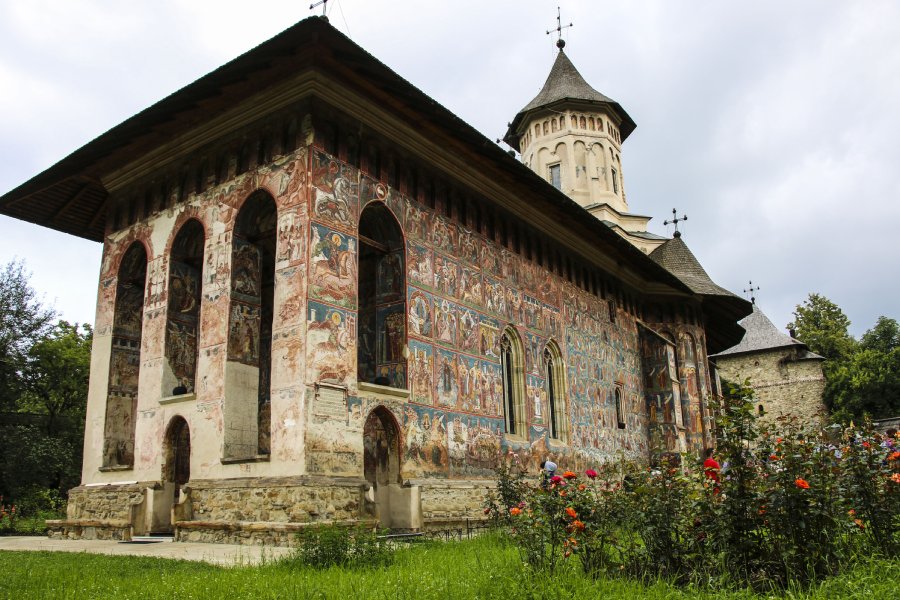
The Monastery of Moldovița was founded in 1532 by Petru Rareș, near an older church build by Alexandru cel Bun, which was demolished by a landslide. Moldoviţa Monastery is the second and last monastery in northern Moldavia with an open porch. Petru Rareş has ordered the construction of defensive walls and towers, Moldovita becoming a fortified church.
The mural paintings inside and outside Moldoviţa Monastery date back to 1537 and are well preserved, the main theme being “The siege of Constantinople”, with red and brown as main colors. The Museum of Moldovita Monastery displays and exhibits manuscripts and old, sacred image icons and also the throne of Petru Rares.
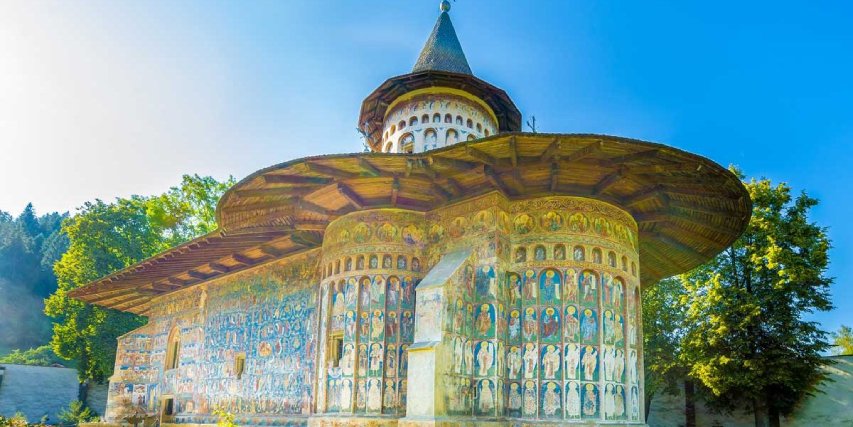
 ES
ES
 IT
IT
 DE
DE
 FR
FR
